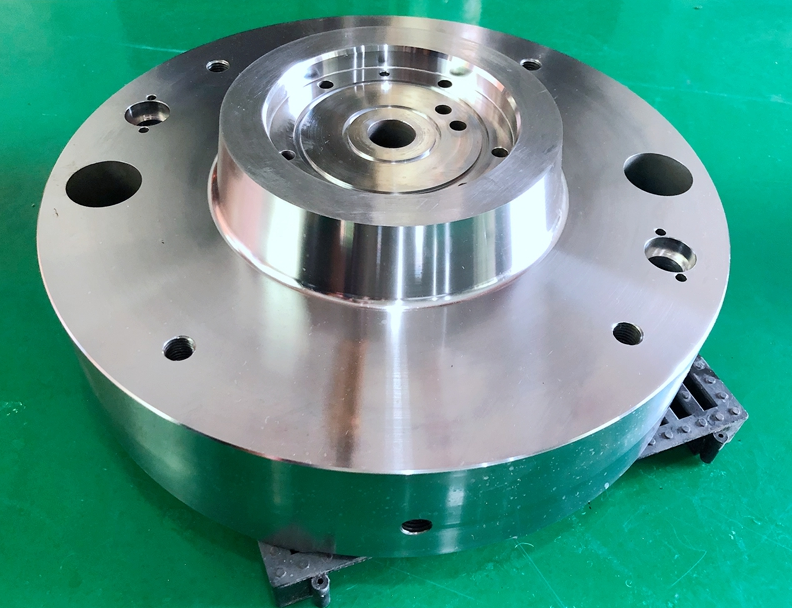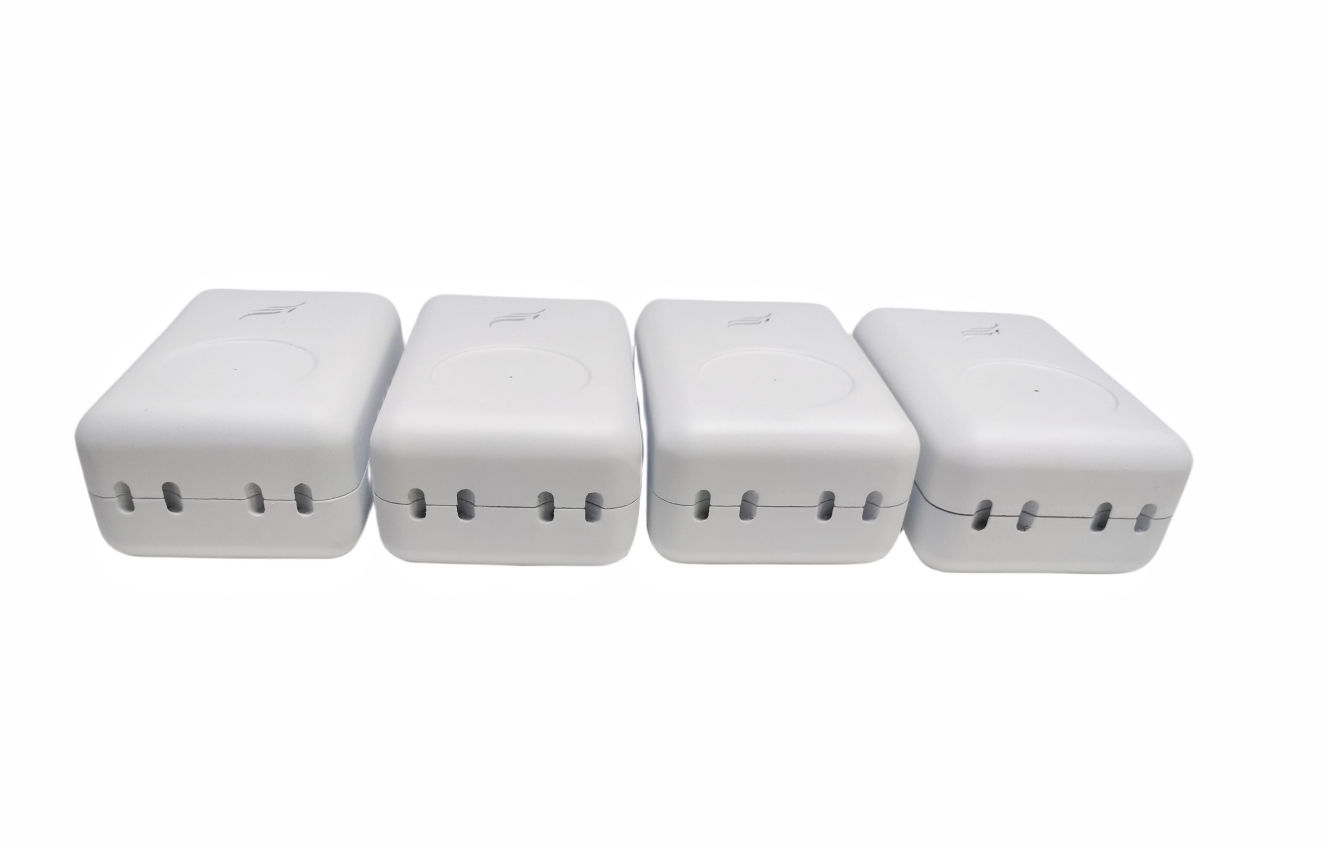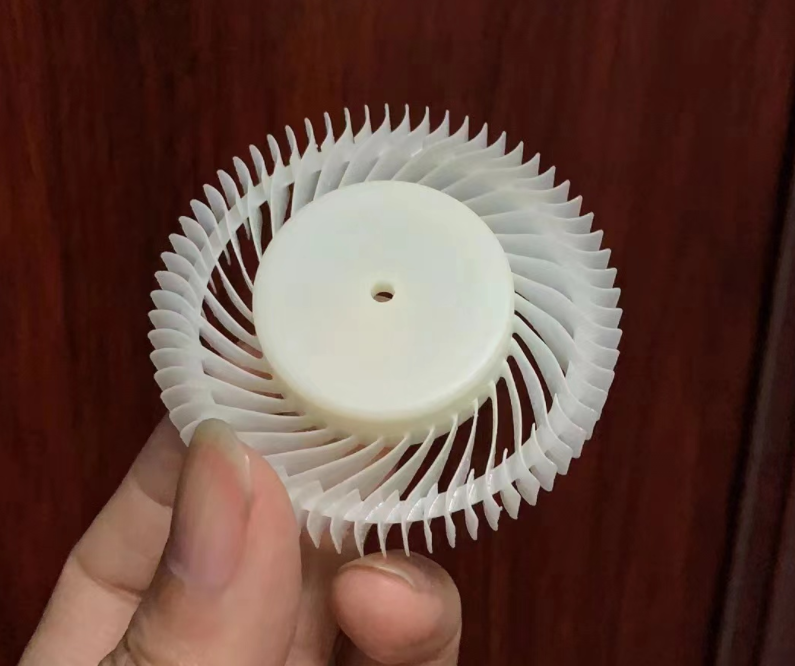Industrial news
How to make rapid prototypes
There are generally 3 method for prototypes making. CNC machining, Urethane casting and 3D printing.
Prototype is the first step to verify the feasibility of the product, and it is the most direct and effective way to find out the defects, deficiencies, and drawbacks of the designed product. At present, there are many processing methods for prototype proofing, such as 3D printing, cnc processing, and vacuum complex molding.
It is necessary to choose the appropriate prototype processing method according to the customer's requirements.
----------------------------------------------------------------------------------------------------------------------------------------------

It is a relatively common prototype making method, it including CNC milling, turning, drilling, EDM machining, wire cutting etc with 3 axis and 5 axis.
It is suitable for making prototypes with high precision, big and complex structure parts.
The processed materials are relatively wide, and both plastic and metal materials can be processed. Soft rubber cann't be processed by CNC.
(CNC prototype metal tolerance is +/- 0.005mm, plastic is about 0.1mm.)
-----------------------------------------------------------------------------------------------------------------------------------------------------
 2. Silicone compound mold(Urethane casting)
2. Silicone compound mold(Urethane casting)
This method is mainly used for small batches of soft rubber, ABS, nylon etc other materials prototypes.
The production cycle of urethane casting molds is short and the cost is low,but it will shrink and deform a bit, and the quality is relatively not as good as cnc processing.
Under normal situation, the service life of the silicone mold is about 15 shots times.
Its manufacturing tolerance is only about +/- 0.2mm. If the tolerence of the parts request is very strict, we don't suggest to choose this method.
-----------------------------------------------------------------------------------------------------------------------------------------------------------
3. 3D printing
It's also called rapid prototyping or additive manufacturing, is the process of making 3D objects based on digital files. 
3D printing products are created by depositing continuous material layers, which can print out complex product structures. Compared with other processes, 3D printing products have a higher degree of freedom in product structure, but have certain limitations on product size and precision.
3D printing lead time shorter, if the prototype is made by 3D printing, it may be delivered within 3-7 days if it is fast, depending on the specific structure and size, the strength is not as good as cnc processing, the cost is lower, and the speed is an advantage.
If the product structure is relatively complicated and there is no requirement for high precision, it is recommended to use 3D printing.
Small-batch prototypes are mainly in the product development stage. The advantages are low cost, short production cycle, and great flexibility in adjustment.
For example, CNC machining requires hundreds to thousands of dollars to make a prototype, but it only costs a few dozen dollars to hundreds dollars to make a urethane casting mold and prototypes that with 1-2 weeks lead time. It effectively reduces the time and cost of new product design and development for enterprises.
Related News
- What differences of Laser welding and ti 2023-10-26
- What meateiral suitable and what should 2023-10-12
- Common CNC metal machining materials 2023-09-15
- What plastic common usefor CNC machining 2023-09-04
- What is the difference of processing bet 2023-08-28
Categories
Contact us
Suntime Precision Mould Manufacturing Co., Ltd.
Contact:Victor Li
Mobile:+86 18098979853
Email:info@suntime-mould.com
Add:Block A, Sihai Yunchuang Building, Hou Ting community, Sha Jing Street, Bao An district, Shen Zhen, Guang Dong of China. Post code: 518104